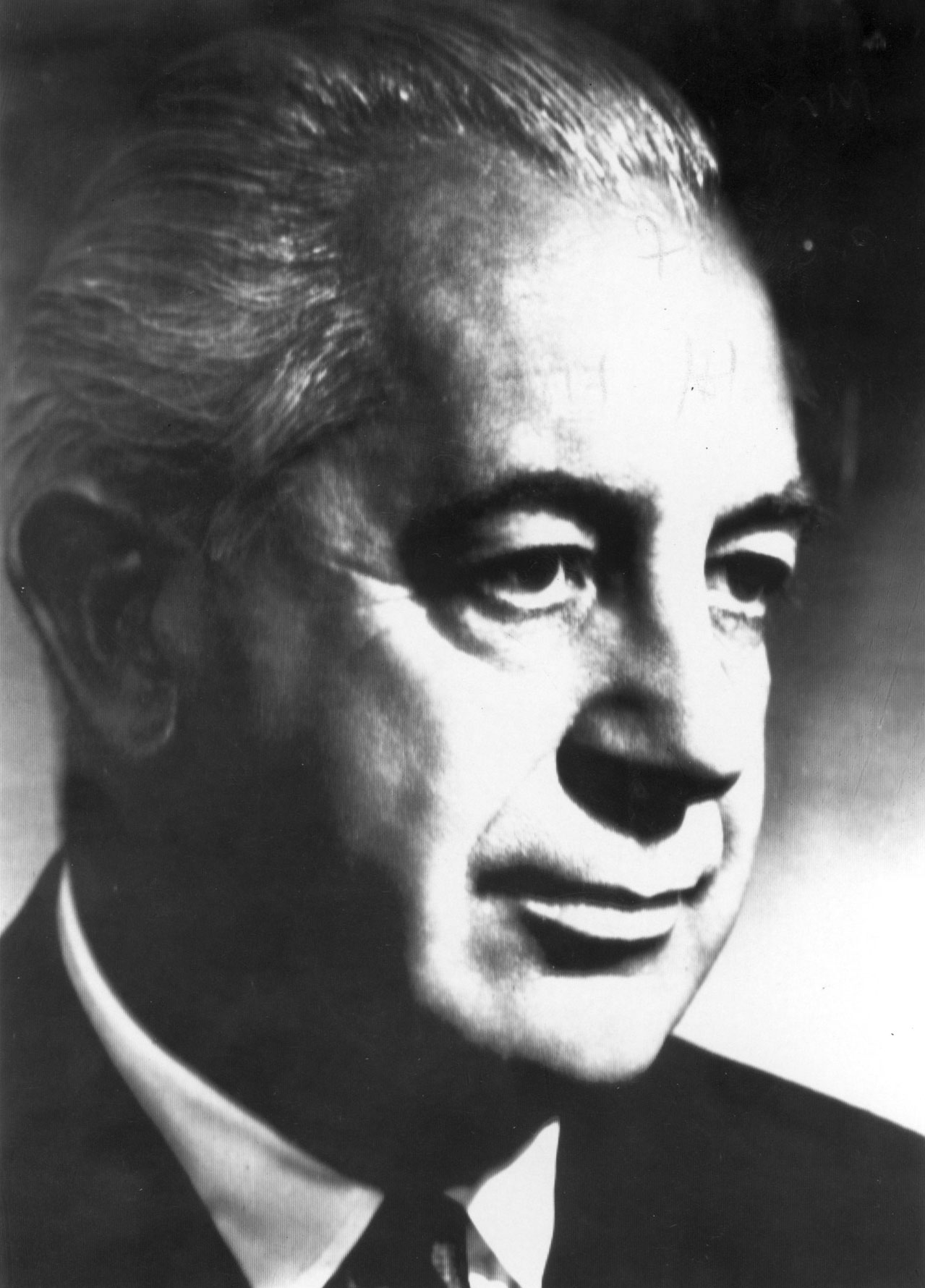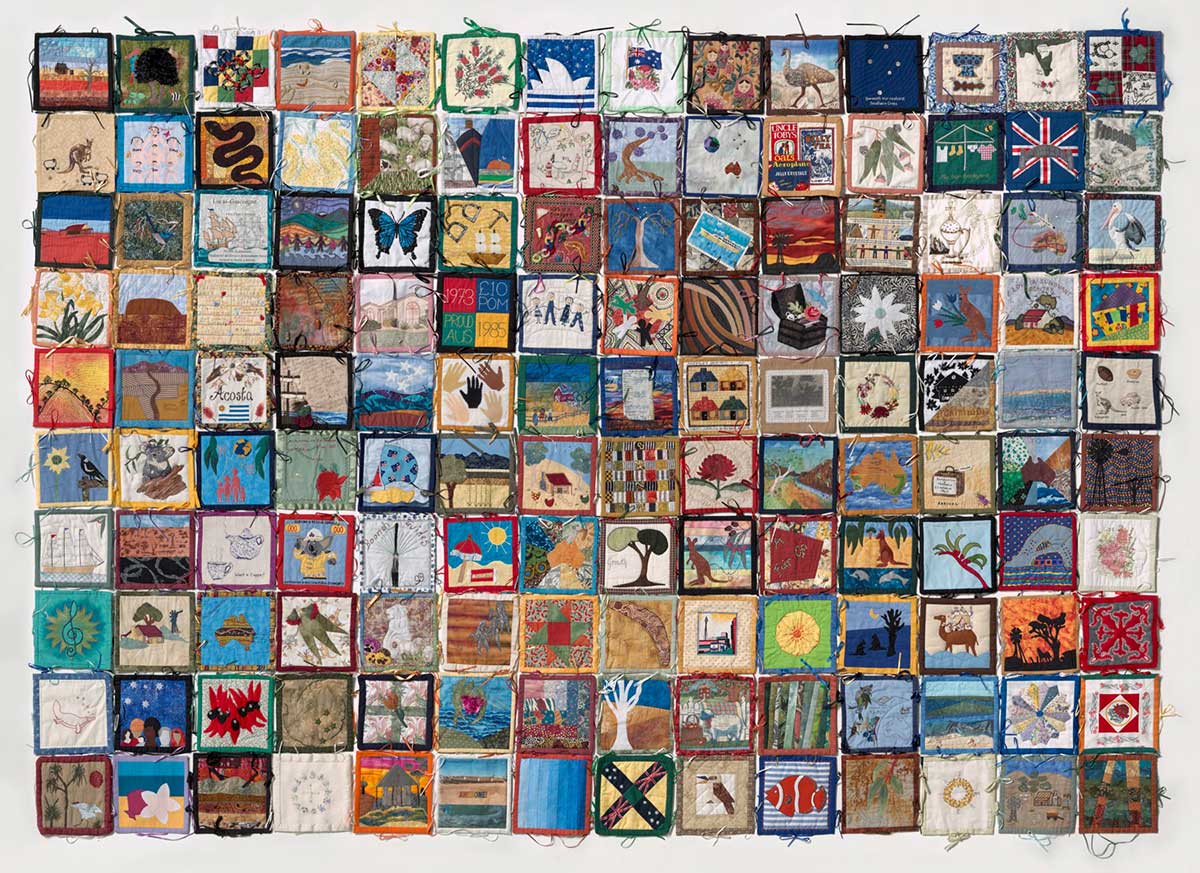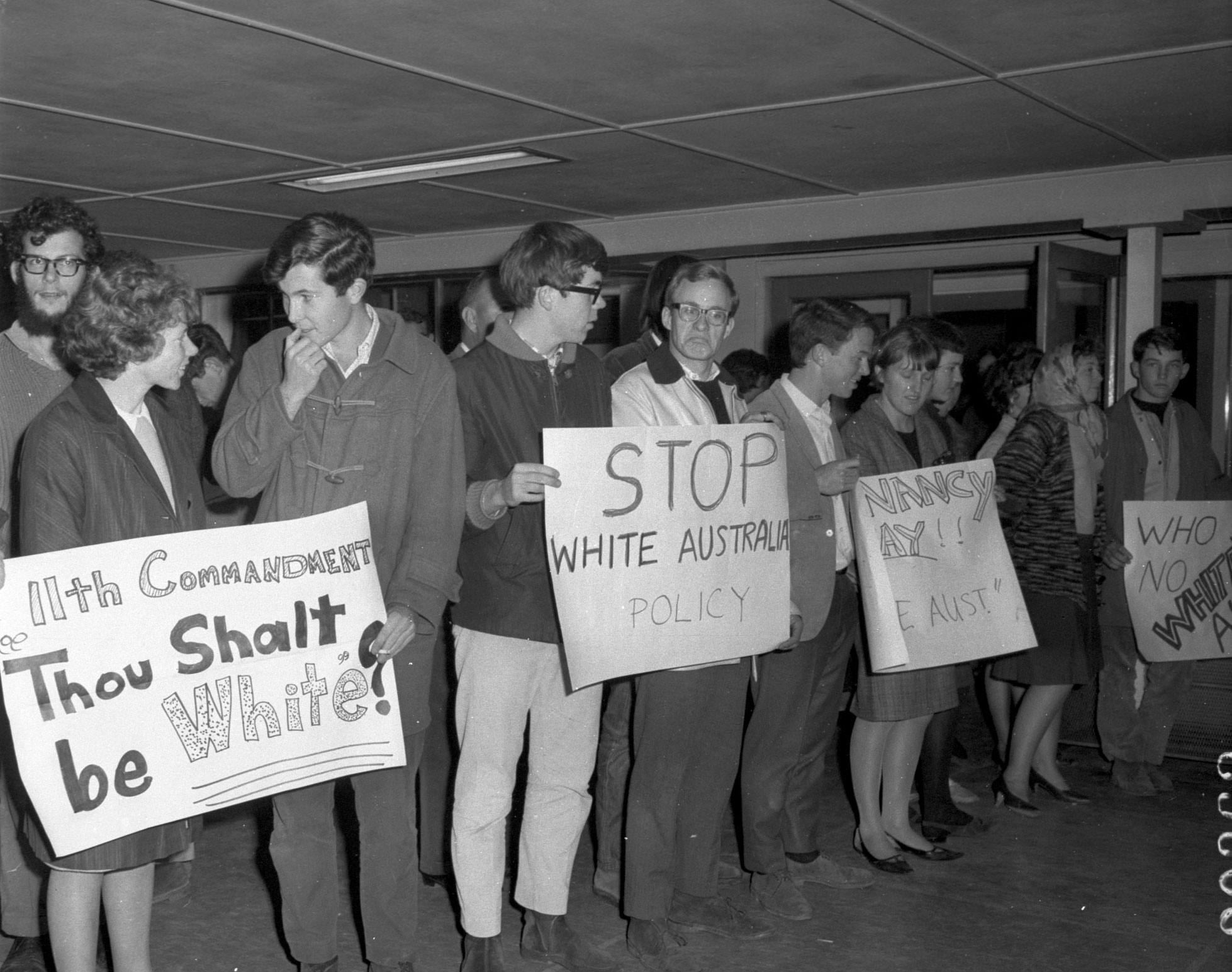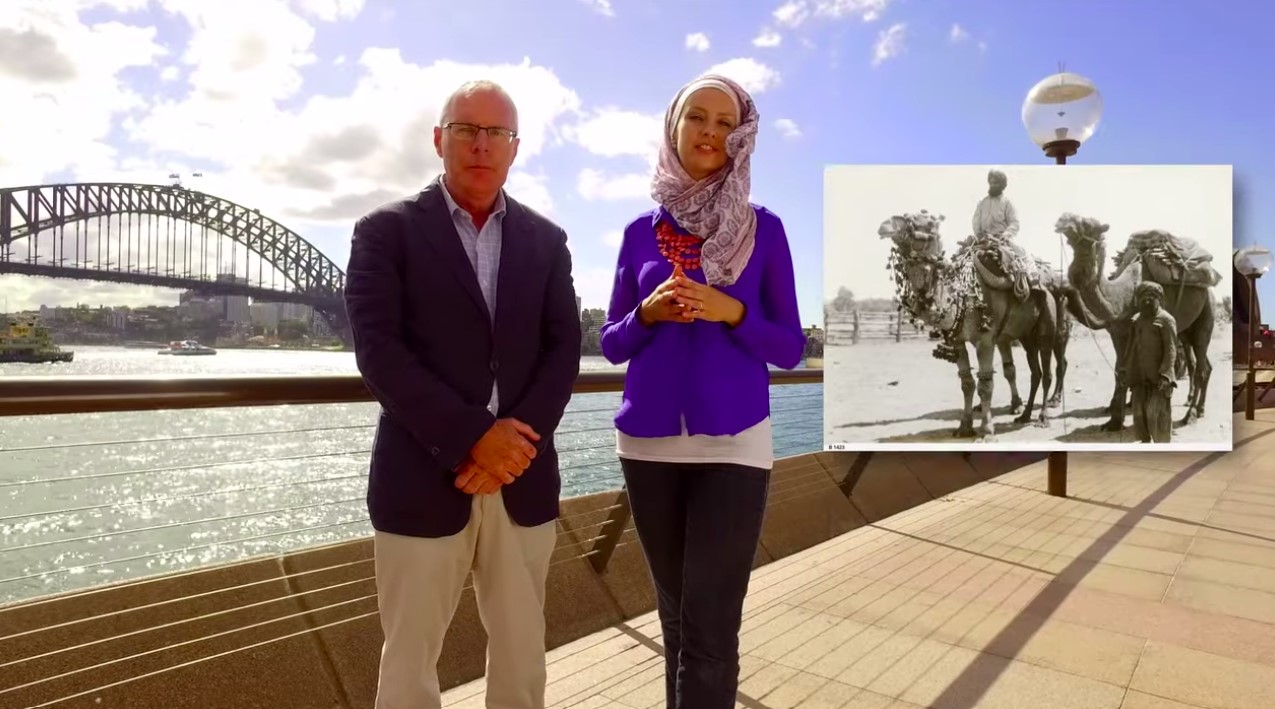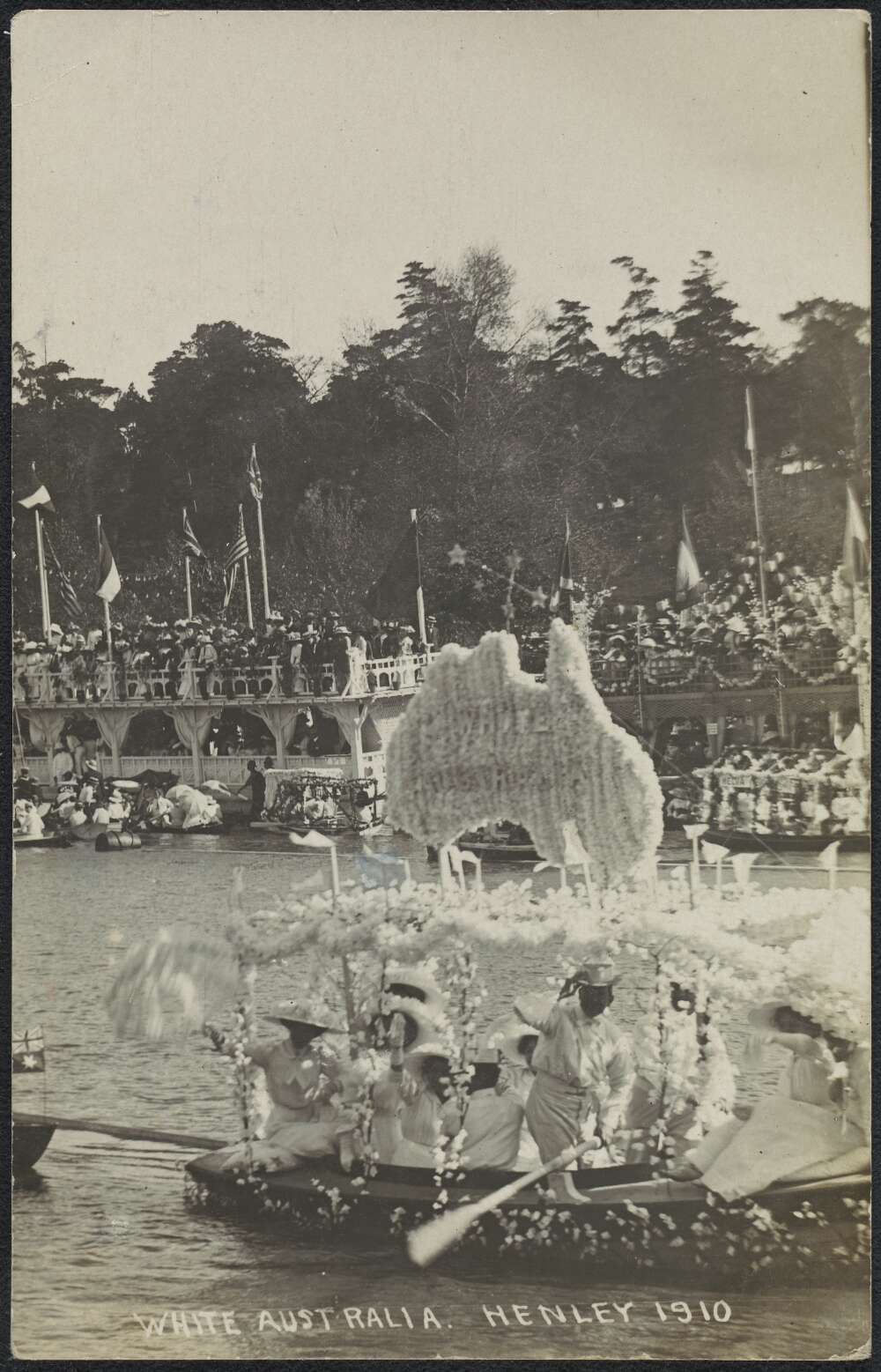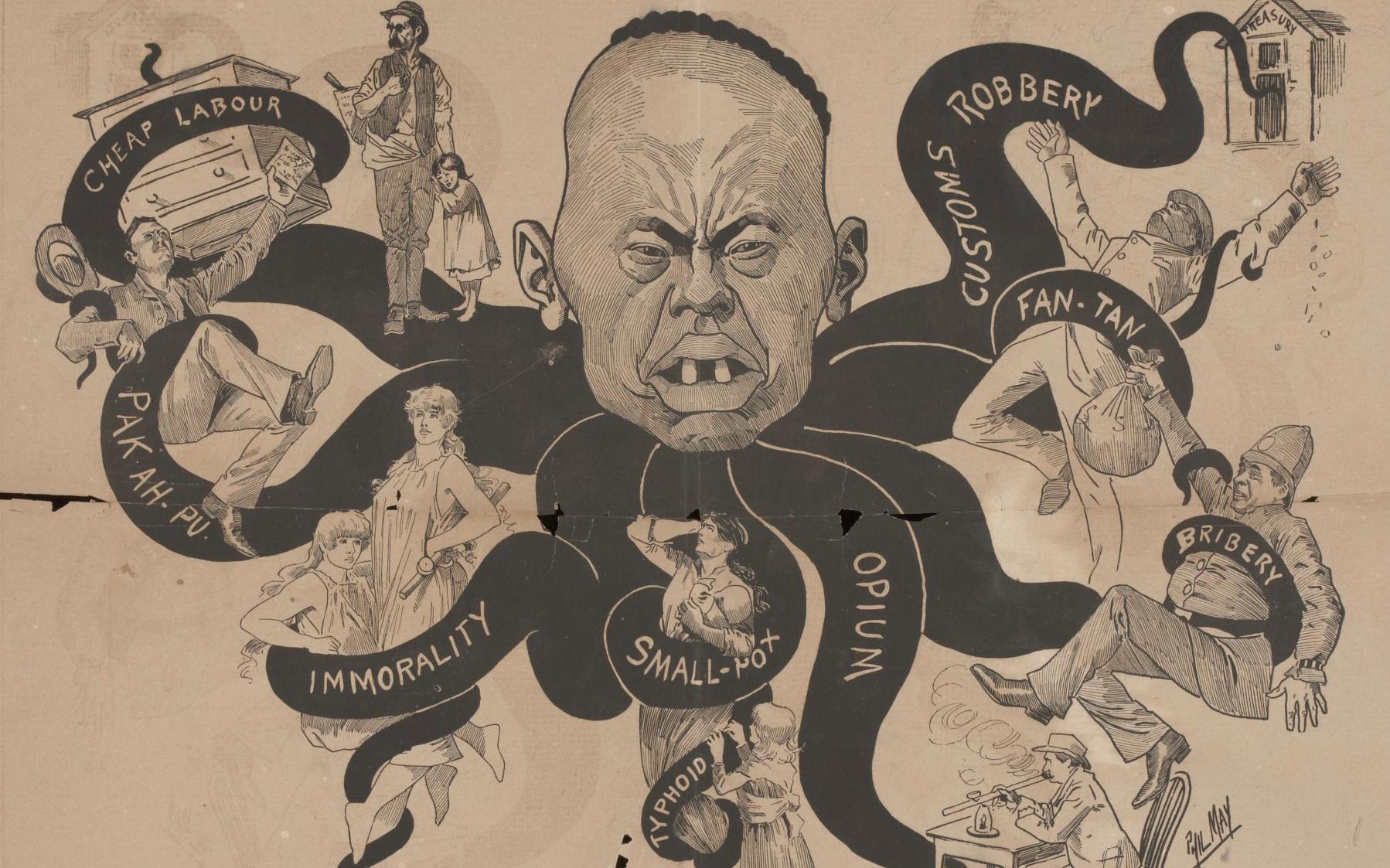Becoming a multicultural nation
1966: Ending the White Australia policy
Becoming a multicultural nation
1966: Ending the White Australia policy
In a snapshot
In 1966 the Australian Government introduced new laws that applied the same rules to all people migrating to Australia. This was an enormous change from the White Australia policy, introduced in 1901, which had been designed to allow only white migrants from Britain. These changes allowed migrants to be chosen for their skills, rather than their race or nationality. The new laws helped make Australia one of the world’s most multicultural countries.

 Can you find out?
Can you find out?
1. What was the White Australia policy and how was it put into practice?
2. Why did Arthur Calwell want more migrants to come to Australia?
3. How did migration laws change in Australia after the Second World War?
What was the White Australia policy?
The Immigration Restriction Act 1901, also known as the White Australia policy, was used to stop non-white migrants from settling in Australia. This policy, which was openly racist, existed because many white Australians feared that non-white immigrants would threaten Australian society.
As part of the policy migrants had to pass a dictation test, which could be given to them in any European language. This test was designed to make sure that migrants from outside of the United Kingdom would fail and stop them from entering Australia.
As a result of the policy non-white people — including Aboriginal people — made up only 2 per cent of the Australian population in the early 1940s.
How did the White Australia policy change over time?
During the Second World War (1939–45) Australia believed it was at risk of invasion because of its small population. After the war, in 1945, Immigration Minister Arthur Calwell argued that Australia must ‘populate or perish’.
Because fewer British migrants came to Australia than expected, Calwell slowly began to change the White Australia policy to allow other groups of people, made homeless by the Second World War, to come to Australia. At first migrants from the Baltic region were chosen because they had fair skin and fitted closely with the idea of a ‘white Australia’. But from the late 1940s and early 1950s onwards the government also allowed migrants from southern and eastern European countries to come to Australia, then new migrants from the Middle East and Asia.
In 1957 the Liberal government made migration easier for non-Europeans by relaxing some rules. The government also allowed non-Europeans to apply for citizenship if they had lived in Australia for 15 years (for European migrants, it was only five years). The Migration Act 1958 finally abolished the dictation test.
Research task
Read this article about Konstancija Brundzaite, one of the ‘beautiful Balts’. What was her experience of migrating to Australia?
Research task
Complete some of the puzzles and quizzes on the NSW Government’s ‘Racism No Way’ page.
‘From now on there will not be in any of our laws or in any of our regulations anything that discriminates against migrants on the grounds of colour or race.’


How was the White Australia policy abolished?
In 1966 Prime Minister Harold Holt’s Liberal government made changes to Australia’s migration laws which were the most important step toward abolishing the White Australia policy.
The new laws made the rules for migration the same for all applicants, wherever they came from. All migrants were given the same waiting period to become Australian citizens — five years. Migrants would be chosen for their skills and ability to contribute to Australian society, instead of their race or country of origin.
In 1973 the Whitlam Labor government established a policy of multiculturalism in a nation that is now home to migrants from about 200 different countries.
Read a longer version of this Defining Moment on the National Museum of Australia’s website.
 What did you learn?
What did you learn?
1. What was the White Australia policy and how was it put into practice?
2. Why did Arthur Calwell want more migrants to come to Australia?
3. How did migration laws change in Australia after the Second World War?








